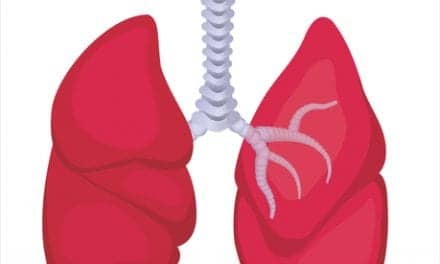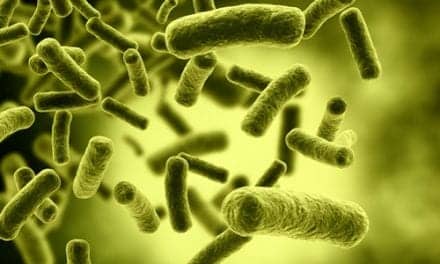A new study has determined a link between prenatal maternal stress (PNMS) and the development of symptoms of asthma and autism in children.
A team of scientists from The Douglas Mental Health University Institute and from McGill University has been studying women who were pregnant during the January 1998 Quebec ice storm, which plunged more than 3 million Quebecers into darkness for as long as 45 days. Since that time, researchers observed the effects of their stress on their children’s development.
The team examined the degree to which the mothers’ objective degree of hardship from the storm and their subjective degree of distress explained differences among the women’s children in asthma-like symptoms and in autism-like traits.
Results reported in the journal Psychiatry Research show that the greater the mothers’ objective hardship from the ice storm (such as more days without electricity), and the greater the mothers’ distress about the ice storm 5 months later, the more severe their children’s autistic-like traits at 6½ years of age. The effect of the mothers’ ice storm stress was especially strong when the ice storm happened in the first trimester of pregnancy. Interestingly, the children with the most severe symptoms had mothers who had had high levels of hardship from the ice storm but low levels of distress.
In May, the team reported in the journal Biomedical Research International that girls whose mothers had had high levels of distress after the ice storm were more likely to have experienced wheezing, to have been diagnosed with asthma by a doctor, and to have been prescribed asthma medication before the age of 12. There was no effect in boys, and there was no effect of the mothers’ objective hardship.
These results demonstrate the power of a stressor in pregnancy to influence both the physical development and the mental health of the unborn child, researchers said. The research is showing them how vulnerable the unborn child is to his mother’s environment and her mood.









